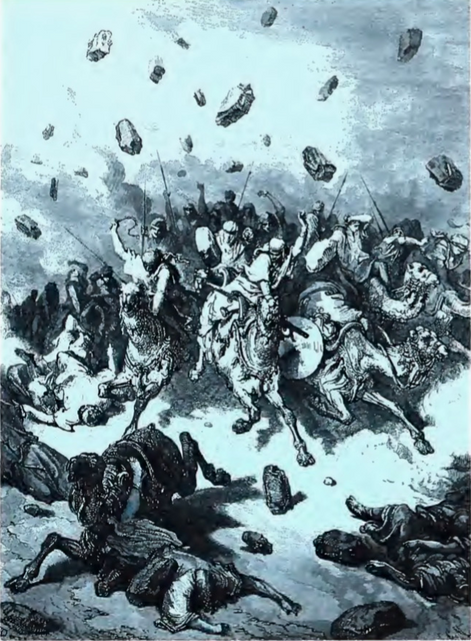top of page
Search


Daily Strange's hell-like dimensions: Field of Vampiric Demons & Demonographers
As a writer, editor, and compiler of DAILY STRANGE, it is my goal to contribute to the DAILY STRANGE in the fields of anthropology, folklore

Lisette Cornwell
5 min read


Doctor Emmett Brown's Seven Arrows of Time
Did you know physicists can find no scientific law that says it is impossible for time to run backwards? Think about that for a moment......

Daily Strange
9 min read


Living the miracles in the realm of frogs and toads
In many parts of the world, frogs and toads have also fallen numerous times and in monstrous numbers; and so have winkles, worms, and snakes

David Stigwood
5 min read
bottom of page





.png)